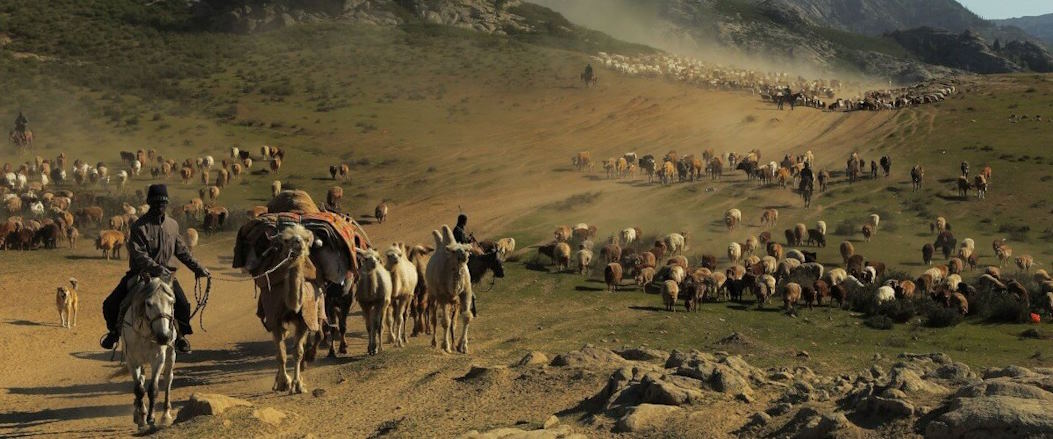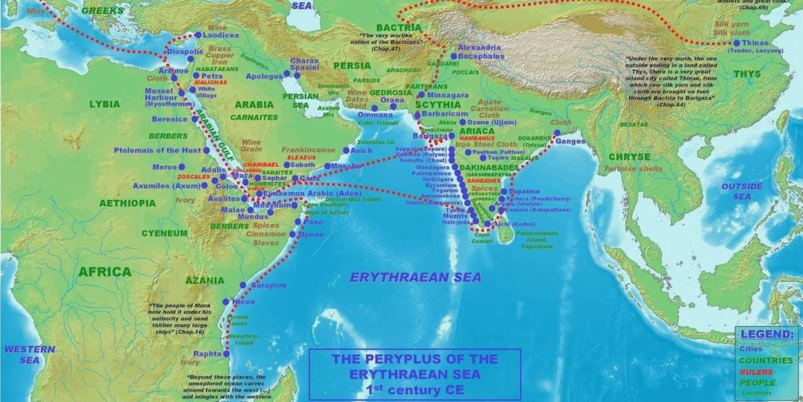Throughout history, trade routes have been pivotal in connecting distant regions, fostering cultural exchange, and facilitating economic transactions. These routes, which acted as conduits for goods, ideas, and people, contributed to the rich tapestry of human civilization. Among the most influential trade routes were the Silk Road and the maritime trade routes that linked Europe, Africa, and Asia.
The Silk Road: A Landmark of Cross-Continental Exchange
The pages of history are adorned with the stories of trade routes that transcended geographic boundaries, fostering cultural exchange and propelling economic transactions. These intricate pathways served as conduits for goods, ideas, and people, weaving together the diverse tapestry of human civilization. Among the most influential trade routes were the renowned Silk Road and the expansive maritime trade networks that intertwined Europe, Africa, and Asia.

The Silk Road: A Network of Marvels
Stretching over an astonishing expanse of 6,000 miles, the Silk Road emerged as a testament to cross-continental trade and the fusion of cultures. This historic route, named after the illustrious silk trade, evolved into a lifeline for exchanges that transcended commodities:
- Luxurious silk, the eponymous treasure, adorned both rulers and commoners alike.
- Precious metals, spices, and gems traversed deserts and mountains, carrying tales of distant lands with them.
- Religious ideas, philosophy, and scientific knowledge journeyed from East to West, enriching minds.
- Artistic techniques and cultural practices converged, contributing to the vibrant mosaic of civilizations.
- Technologies and innovations exchanged hands, leaving an indelible mark on human progress.
Maritime Trade Routes: The Sea’s Secrets Unveiled
Maritime trade routes were equally transformative, connecting continents through vast oceanic networks. The Indian Ocean Trade, for instance, connected Africa, the Middle East, and the Indian subcontinent. This route facilitated the exchange of spices, textiles, and precious gems, among other commodities. The Mediterranean Sea, often called the “Middle Sea,” was a hub linking Europe, Africa, and Asia. The Mediterranean trade fostered the exchange of goods, cultures, and knowledge, contributing to the rise of great civilizations and empires.

Cultural Exchange and Economic Flourishing
These trade routes went beyond the exchange of goods. They ignited cultural exchanges that enriched societies along the way. Ideas, languages, religions, and philosophies spread across regions, leading to a cross-pollination of beliefs and practices. The transmission of knowledge and technologies propelled advancements in various fields, from medicine to astronomy.
Economically, these routes fueled prosperity. The Silk Road, for instance, brought immense wealth to regions that served as vital nodes. Cities like Samarkand, Constantinople, and Xi’an became vibrant economic centers, thriving on exchanging commodities and ideas. Similarly, maritime trade routes facilitated the establishment of bustling port cities, where merchants from diverse backgrounds converged, conducting trade that spanned continents.
The Enduring Legacy
The historical trade routes left an indelible mark on human history. They exemplify how economic interactions can foster cultural understanding, create connections, and drive innovation. The Silk Road and maritime trade routes facilitated the movement of goods and laid the foundation for a globalized world. They underscore the power of trade as a catalyst for cooperation and the exchange of ideas, promoting shared growth and interconnectedness.









